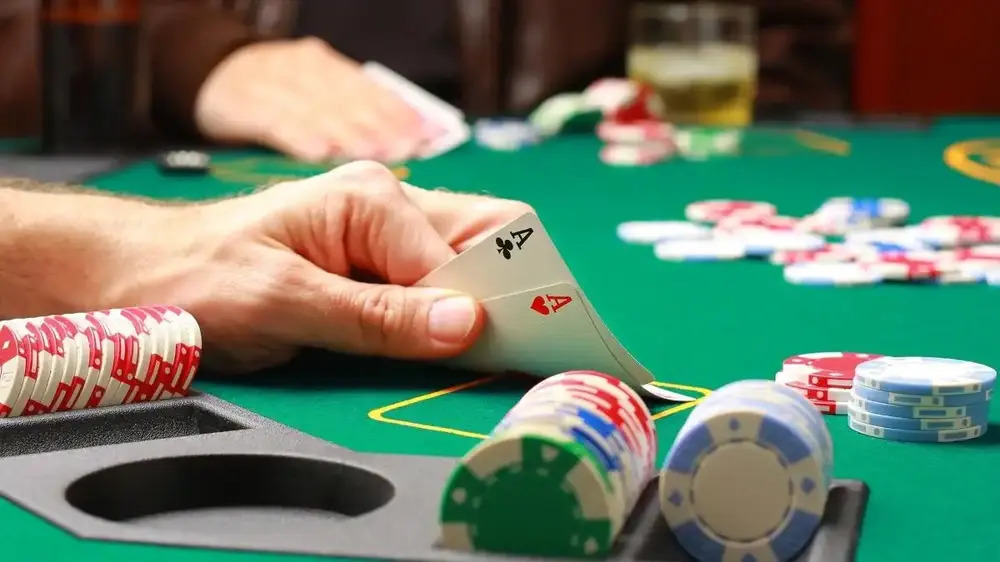
Features of the Game of Seven Card Stud Poke
In the vast and intricate world of poker, Seven Card Stud stands out as a game that demands not just skill and strategy but also an exceptional understanding of the psychological warfare that is bluffing. This game, with its unique structure and gameplay, offers a fertile ground for the art of deception to flourish. Unlike community card games like Texas Hold’em, where players share a set of cards, Seven Card Stud challenges players to make the best possible hand with the cards they’re dealt individually, making the game a rich canvas for the sophisticated tactics of bluffing.
The Psychology of Bluffing
Bluffing in Seven Card Stud is an art form, requiring a deep understanding of human psychology. Successful bluffers know how to read their opponents’ emotions and behaviors, manipulating their perceptions to gain an advantage. It involves projecting confidence, regardless of the strength of one’s hand, and often depends on the image you’ve cultivated at the table.
Types of Poker Bluffs
In Seven Card Stud, bluffs generally fall into two categories: pure bluffs and semi-bluffs. A pure bluff involves betting or raising with a hand that is unlikely to be the best, often done when there are still cards to be dealt. A semi-bluff, on the other hand, is made with a hand that has the potential to improve and become strong but isn’t quite there yet.
Strategic Considerations for Bluffing
Timing is everything in bluffing. Key factors include your position at the table, the apparent strength of your opponents’ hands, and the betting pattern of the current hand. It’s crucial to bluff against the right number of opponents; too many players in the pot decrease the chance of a successful bluff.
Reading Opponents and Spotting Tells
One of the most critical skills in Seven Card Stud is the ability to read opponents. This involves noticing ‘tells’ or subtle changes in behavior that might indicate the strength of a player’s hand. These can range from physical gestures to patterns in betting. Sharp observational skills are essential to master this aspect of the game.

Bluffing in Different Poker Variants
While the fundamentals of bluffing apply across poker variants, each game has its nuances. For example, in Texas Hold’em, the presence of shared community cards offers different bluffing opportunities compared to the individualized hands of Seven Card Stud. Understanding these subtleties is key to effective bluffing in any poker game.
Advanced Bluffing Techniques
Advanced bluffing techniques in Seven Card Stud include concepts like ‘floating’, where a player calls a bet with a weak hand intending to bluff on a later street. Another technique is ‘representing’ a hand, where a player bets in a way that suggests they have a hand that corresponds with the community cards on the board.
Ethical Aspects of Bluffing
While bluffing is an accepted and essential part of poker, it’s important to distinguish it from cheating. Bluffing is a legitimate strategy, involving deception about one’s hand strength. Cheating, however, involves breaking the rules of the game and is unethical. Maintaining this distinction is crucial for the integrity of the game.
Conclusion
Seven CIn Seven Card Stud, bluffing transcends mere trickery; it is an art form, a psychological battle, and a strategic imperative all rolled into one. Mastery of bluffing can elevate a player from good to great, distinguishing those who play the cards they’re dealt from those who play the game. As you venture into the nuanced world of Seven Card Stud, remember that the most powerful card in your deck is not one of the 52—it’s the art of the bluff.



